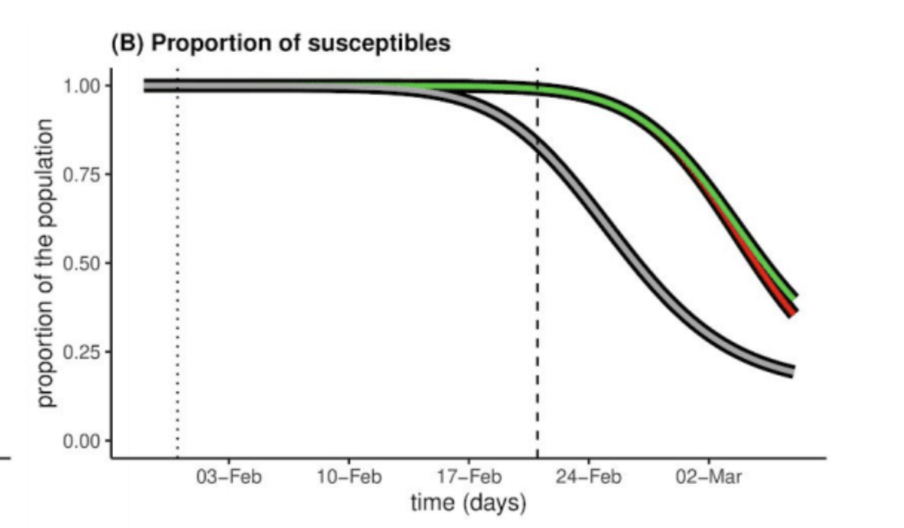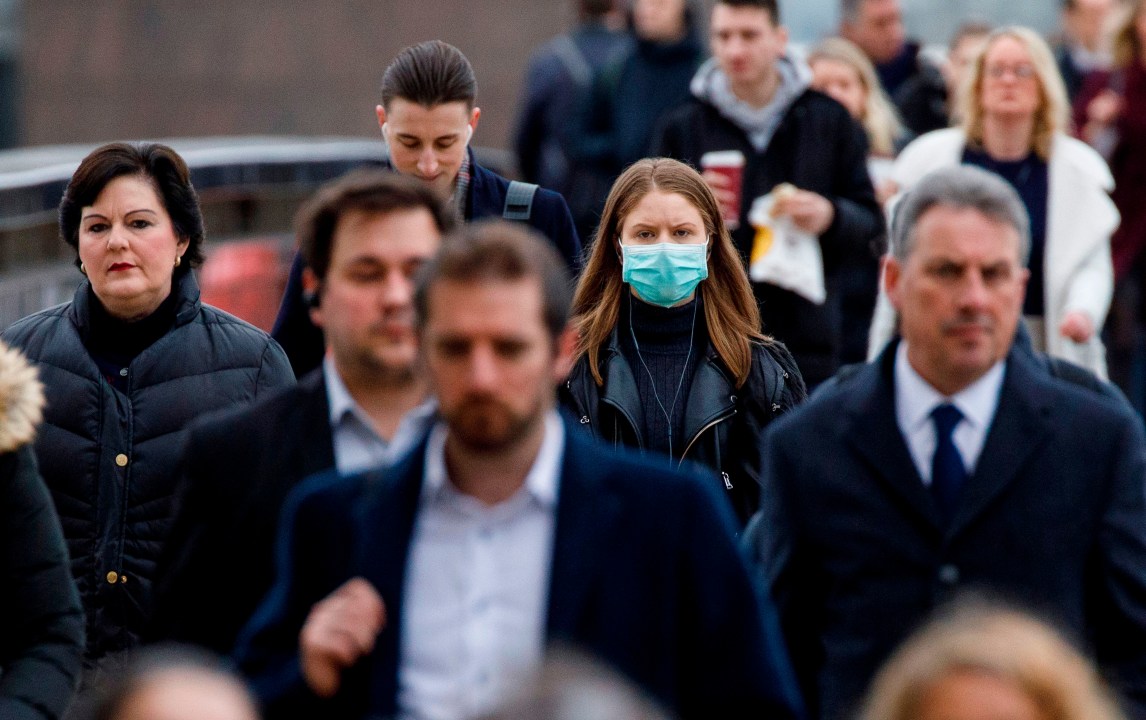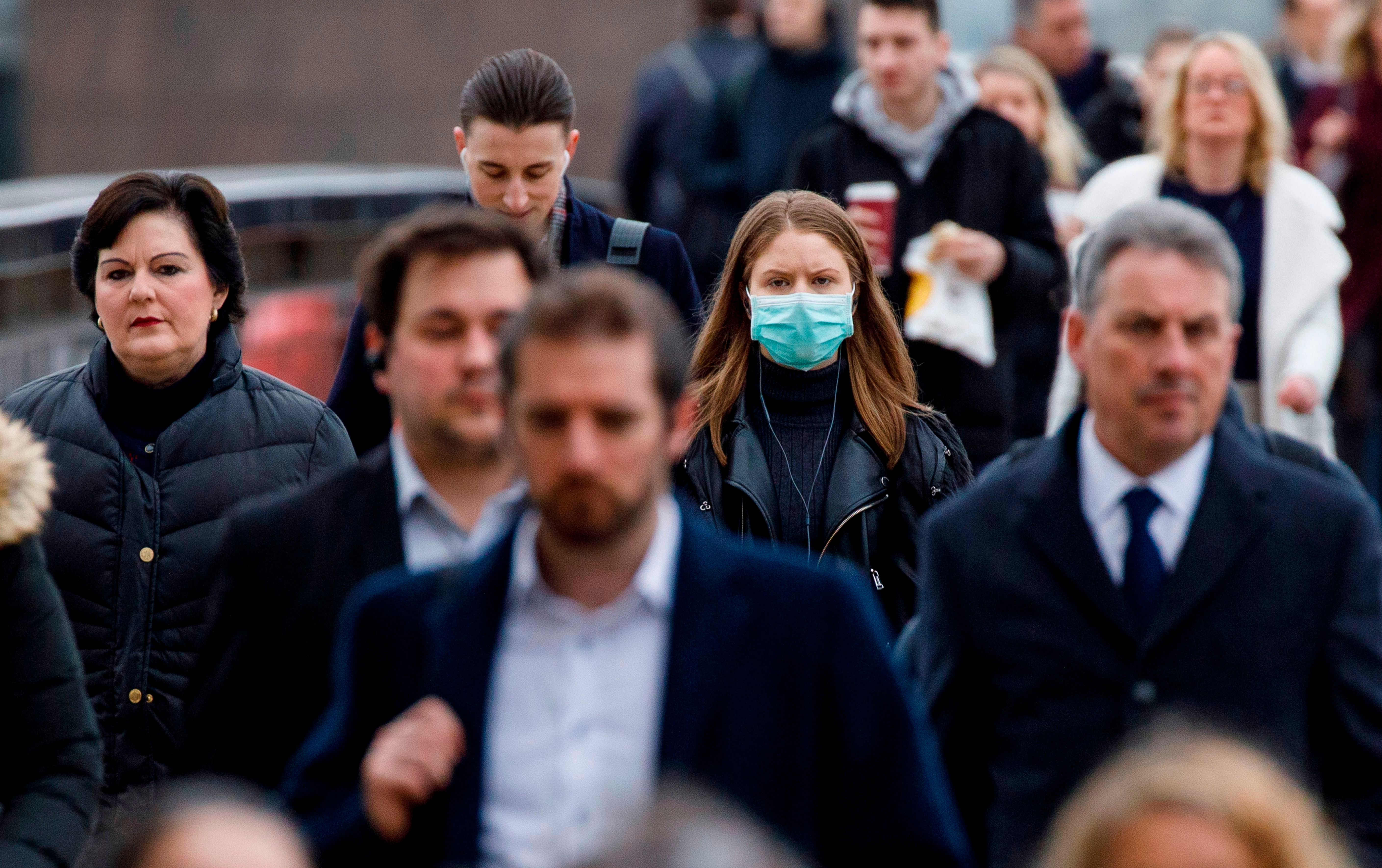Britain is now locked down for at least three weeks, but could the government’s original policy of relying on herd immunity have been right all along? That is the inference of a team of epidemiologists from Oxford university, whose modelling produces remarkably different results from that of Professor Neil Ferguson and his team at Imperial College. It was the Imperial College model which, on Monday 16 March which led to the dramatic U-turn, and the government’s adoption of a complete suppression policy for Covid-19.
Like everything being published about coronavirus at the moment, the Oxford study comes with a health warning.
An Italian study published yesterday suggests that between 50 per cent and 75 per cent of those infected show no symptoms
It has not yet been peer-reviewed and, like all form of modelling, it relies on the quality of the data and assumptions which are fed into it. But if it is anywhere close to reflecting the truth, it raises questions about a policy of seeking to suppress Covid-19, with all the lockdowns and economic damage which comes with it. Infection with SARS-CoV-2 – the virus which causes Covid-19 – may be already so established in the population that it might be pointless trying to contain it.
The good news, on the other hand, is that if the Oxford model is correct, it suggests the disease is a lot less deadly than has been feared. It would also suggest that the epidemic will be in decline much sooner than most currently believe, because there will soon be few people left for the virus to infect. The Oxford model suggests that the virus might have been in circulation in Britain for four weeks before the first death was recorded and that a large proportion, if not the majority, of the UK population might already be infected.
Running the model with slightly different assumptions produced estimates that by last Thursday, between 36 per cent and 68 per cent of the UK population had already been infected with the virus, with the vast majority of the population showing no symptoms whatsoever.

An Italian study published yesterday – which analysed the results from a village near Venice where all 3,000 residents were tested for the virus – suggested that between 50 per cent and 75 per cent of those infected show no symptoms.
It has to be emphasised that the Oxford study is theoretical, and it shouldn’t be taken as a call to end the lockdown restrictions – at least, not yet. What it does show is the wide gap between scientists on the likely path of the epidemic. Above all, it underlines the importance of finding out how widespread the infection is in the UK population.
All policy hinges on this, yet no-one has any idea of how many people have the virus. As a matter of urgency, we need to test a randomised sample of the population to find this out. The Oxford team says it will begin testing a sample of the population for evidence of antibodies to SARS-CoV-2. It should come as no surprise if, as more evidence comes in and we have a better idea of infection rates, we end up a different policy on Covid-19.
This article is free to read
To unlock more articles, subscribe to get 3 months of unlimited access for just $5









Comments
Join the debate for just $5 for 3 months
Be part of the conversation with other Spectator readers by getting your first three months for $5.
UNLOCK ACCESS Just $5 for 3 monthsAlready a subscriber? Log in